The world is so big that there are many strange creatures. There are many incredible creatures, and their forms and characteristics often break through the conventional cognition of human beings. Which one is the most strange creature in your mind? Today we will take stock of the representatives known as the "Top Ten Strangest Creatures in the World", including: water bears that can survive in extreme environments, strange-looking sturgeon eggs, strange plants, welwitschia, alien aquarium/sea-squirts.html">sea squirts, huge and mysterious lion's mane jellyfish, stinky-smelling giant flowers, lurking and hunting Bobbit worms, ancient and rare Wood Cycads, etc. Come and explore these unimaginable miracles of life together!

In the list of various strange creatures, water bears (also known as tardigrades) are definitely "permanent players". This microscopic creature appeared as early as 500 million years ago and is known as the "most tenacious life on earth." They have amazing environmental adaptability. Whether in extreme cold of -272℃, close to absolute zero, or in high temperatures of up to 151℃, they can survive for at least 2 minutes; even in low temperatures of -200℃, they can survive for several days, and in -20℃, they can survive for more than 30 years.
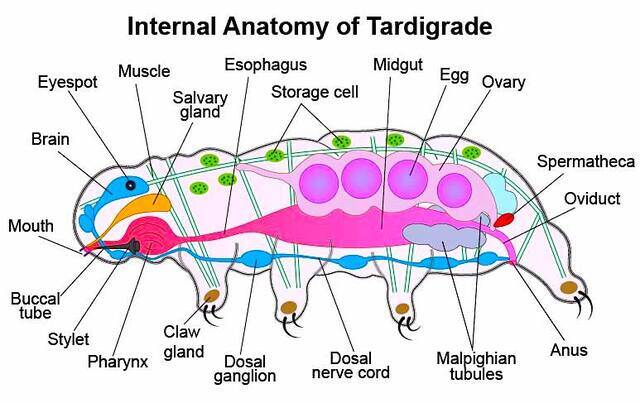
Water bears can also withstand extremely high ionizing radiation, and their tolerance dose is hundreds of times the lethal dose for humans. They still stand firm under extreme pressure - the pressure they can withstand is about six times that of the deepest trench on Earth, while humans would have been deformed long ago.
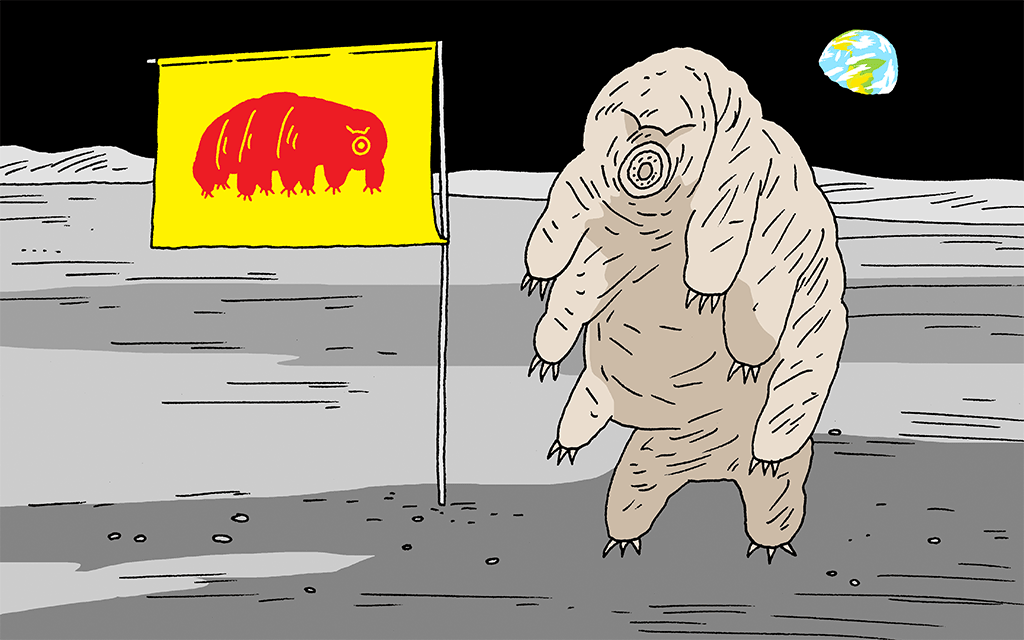
Scientists publicly stated in 2017 that even if the Earth encounters catastrophic events such as asteroid impacts, supernova explosions, or even gamma-ray bursts, water bears are still very likely to survive. Their vitality is so strong that they are even said to "not become extinct as long as the sun does not destroy them".
Sturgeon egg polyp is an extremely special and mysterious creature, belonging to an independent class under the phylum Cnidaria, and the entire class contains only one order, one family, one genus and one species. It has a peculiar appearance similar to that of a tentacle monster, and can be called an "alien" among cnidarians.
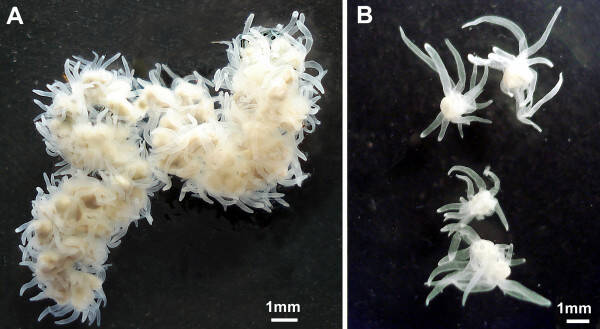
The most amazing thing is that Sturgeon egg polyp can not only adapt to freshwater and seawater environments, but is also the only known cnidarian that can "live in both freshwater and seawater". It is also the only species discovered so far that lives in "egg cell parasitism". Its development mode in the parasitic stage is also extremely abnormal, which is completely different from that of conventional animals. When parasitizing, it will completely "turn inside out", reverse the internal organs to the surface of the body, and embed the surface tissues into the body, completely subverting the morphological structure.
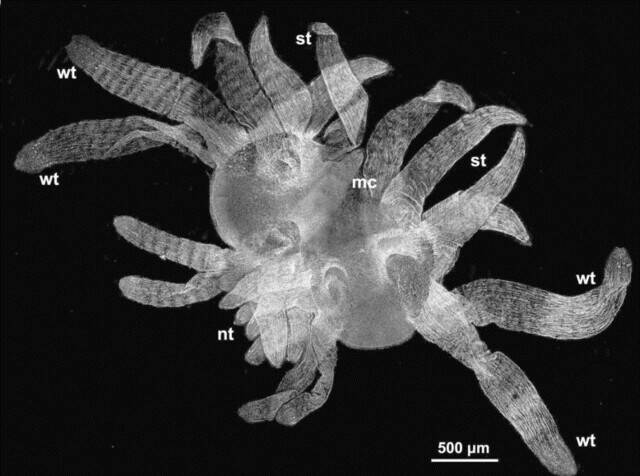
This completely reversed physiological structure allows the sturgeon to directly absorb the host's nutrients through the "external internal organs", which is a rare wonder among parasitic animals.
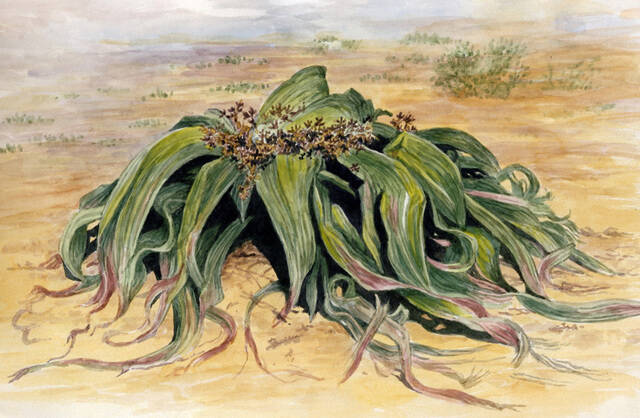
Welwitschia is known as one of the most peculiar plants in the world. It only grows in the arid desert areas of Namibia, Africa. It can survive tenaciously under extremely harsh climatic conditions and its lifespan is believed to be as long as 500 to 1500 years. The most special thing is that it is currently the only plant species on earth that "never falls leaves".
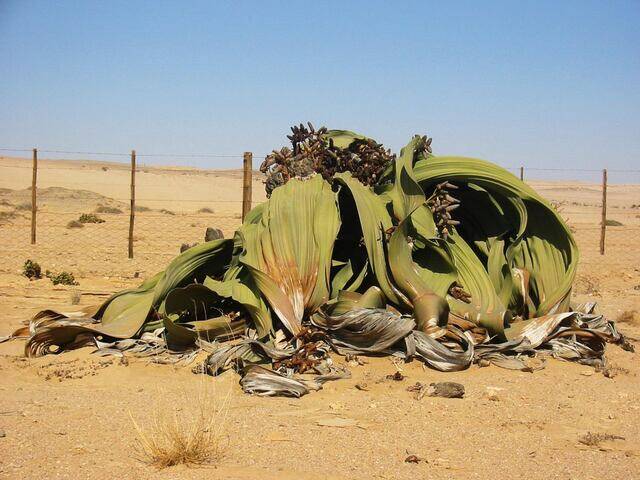
This "desert freak" can be traced back to the dinosaur era and is a veritable living fossil in the plant world. After tens of millions of years of geological and climatic changes, most of the Mesozoic plants with the same origin have long been extinct, but the Welwitschia has miraculously survived to this day. Because it grows in a very limited area on the earth, almost no one knew of its existence for a long time. It was not until 1859 that it was officially discovered by botanists, which attracted widespread attention from the scientific community.
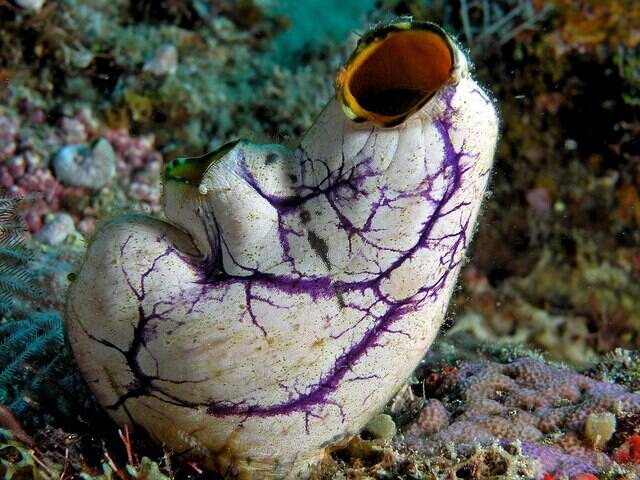
Among all the strange marine creatures, aquarium/sea-squirts.html">sea squirts are the most difficult to understand. They appear as swimming larvae in the early stages of life, with a basic body structure, a simple nervous system on the back, and a nerve nodule called a "brain bubble" at the front of the nerve to sense light and gravity. These sensory organs help larvae of aquarium/sea-squirts.html">sea squirts find suitable rocks or substrates for attachment.
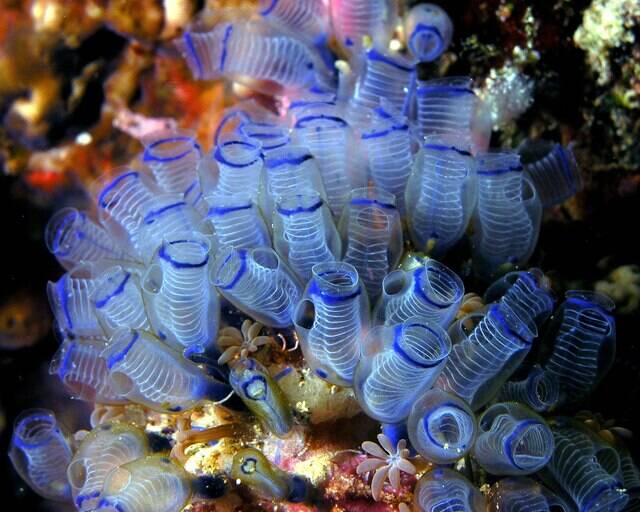
However, once they are attached, they enter the adult stage, when sea squirts begin to "abandon" their original sensory abilities: including organs used to perceive the world, nervous systems, and even tails that propel the body, which will be absorbed and reused by themselves. The "brain bubbles" originally used to perceive the environment will also degenerate, retaining only basic functions for controlling feeding.
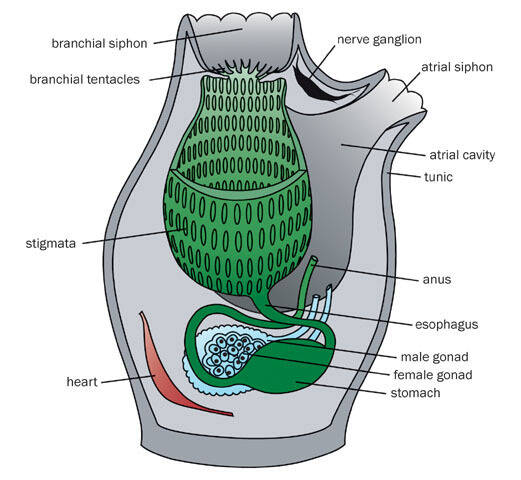
This "reverse development" process from complex to simple, from notochord to notochord, is extremely rare in the entire animal kingdom.
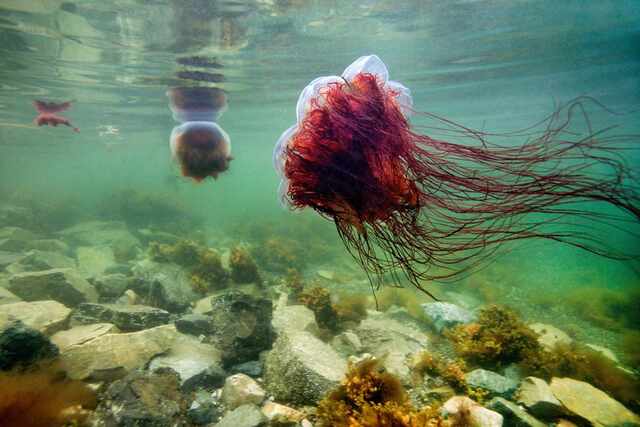
Lion's Mane Jellyfish is one of the largest jellyfish in existence. It appeared in the Arctic Ocean about 65 million years ago, long before the dinosaur era. It is one of the oldest species on Earth. The umbrella-shaped body of this jellyfish can reach a diameter of 2 meters and weigh 200 to 400 kilograms. It is amazingly large. It has eight sets of tentacles, with a total of up to 150 tentacles, which can extend up to 35 meters, even as long as a blue whale.
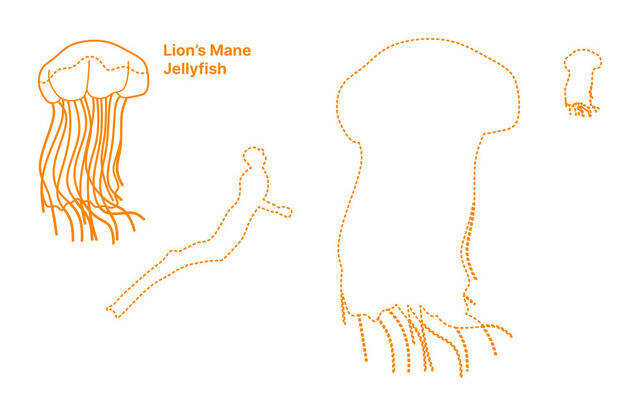
Although their physiological structure is extremely simple and they don't even have a real brain, this doesn't mean they are harmless. The tentacles of the lion's mane jellyfish are covered with stinging cells, which contain poisonous needles and venom sacs. Once they touch human skin, they will release toxins that cause pain or even rapid paralysis. Prey or humans entangled by it may lose their ability to move in a short period of time, which is extremely dangerous.
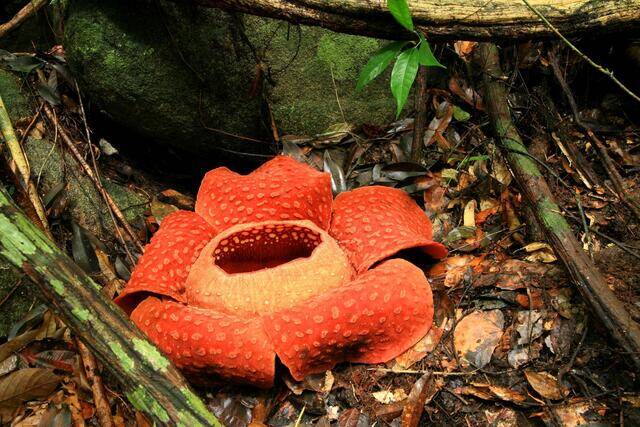
Rafflesia is known as the "king of flowers" and is one of the largest plants on earth. It is famous for its huge flower shape and strong rotten smell. As a saprophyte, it grows on the roots or stems of other plants. It does not have the traditional root, stem, and leaf structure, and its appearance is very strange.
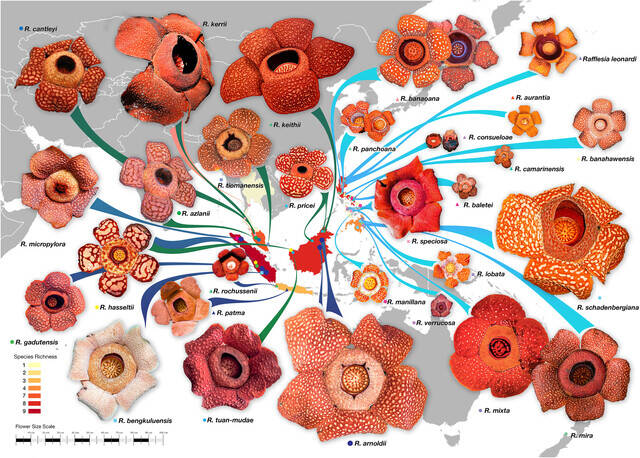
Surprisingly, this huge flower, which takes a lot of nutrients and time to grow, has an extremely short flowering period, which can only bloom for about 4 to 5 days. In these few days, the Rafflesia will continue to release a strong odor, which is similar to rotten meat or feces. Ordinary insects such as butterflies and bees cannot stand the smell and avoid it. Instead, it attracts insects that specialize in looking for rotten smells, such as carrion flies, to help pollinate.
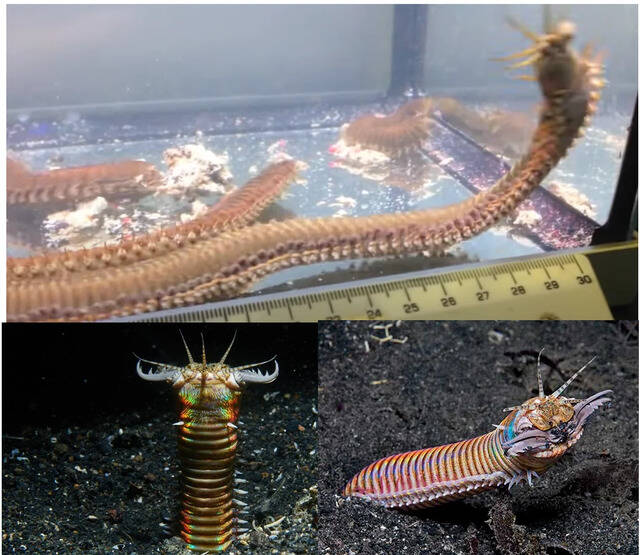
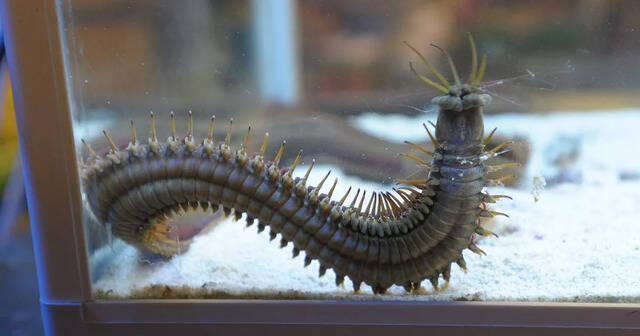
Bobbitt worm is one of the most creepy and bizarre creatures in the ocean world. As early as the 19th century, oceanographers confirmed that it is one of the longest polychaetes known to date, with an average body length of 1 meter, and some individuals can even extend to an astonishing 3 meters. It has a very special feeding organ, the "pharynx", which can be turned out from the body, with a sharp pincer-like jaw at the end. Once the prey approaches, it will be split into two at lightning speed.
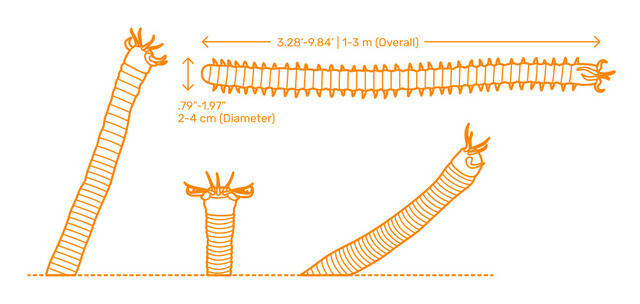
The Bobbit worm hides in the sand on the seabed, with only part of its tentacles exposed to sense the surrounding movements. When the prey approaches, it will attack with lightning speed, whether it is a small fish, crustacean, or even a diver who accidentally approaches, it may be accidentally injured. After hunting, it usually quickly retreats back to the cave to enjoy the prey. The whole process is swift and deadly.
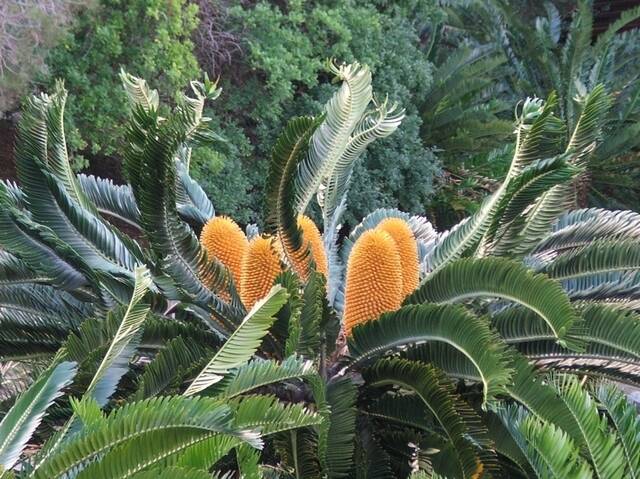
Encephalartos woodii is known as one of the rarest plants in the world and has been listed as "extinct in the wild". So far, the only wild specimen of Encephalartos woodii in the world was found on a slope at the edge of the Noye Forest in South Africa, making it an extremely precious "orphan" in the plant world.

This plant is dioecious, but unfortunately, all Encephalartos woodii individuals preserved in botanical gardens around the world are male plants, which means that they cannot reproduce naturally and are actually in a functionally extinct state.
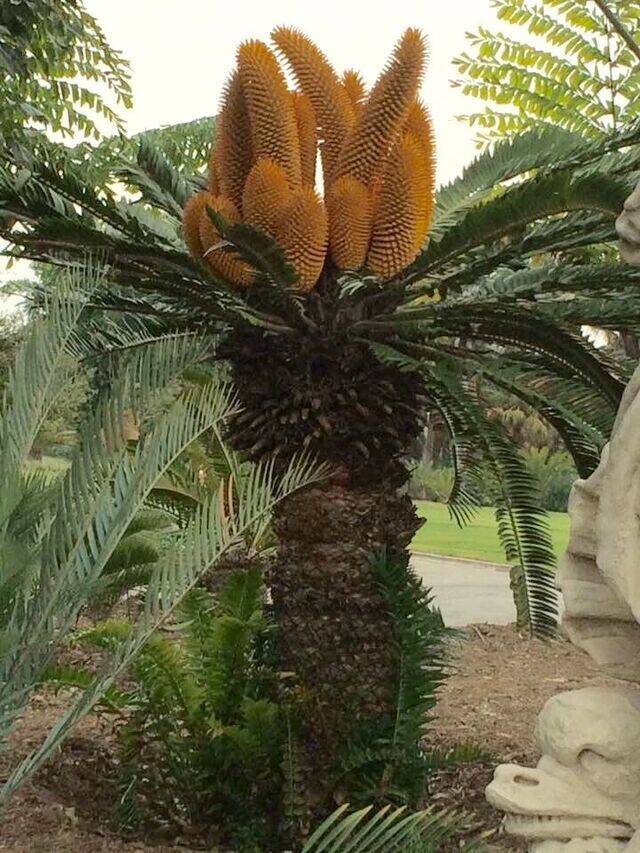
In order to save this species, researchers are trying to artificially hybridize the existing male plants with their closest relatives, and plan to restore the genetic characteristics of pure Wood's cycads through repeated backcrossing and breeding for three consecutive generations.
The snowman crab is a very rare and unique marine creature that mainly lives in the deep sea areas of the South Pacific. When scientists first discovered it, they named it "Kiwa hirsuta" because of its strange appearance. Its most striking feature is that its front claws are densely covered with long, silky hairs, which look like they are covered with "hair", so it is also figuratively called "snowman crab".
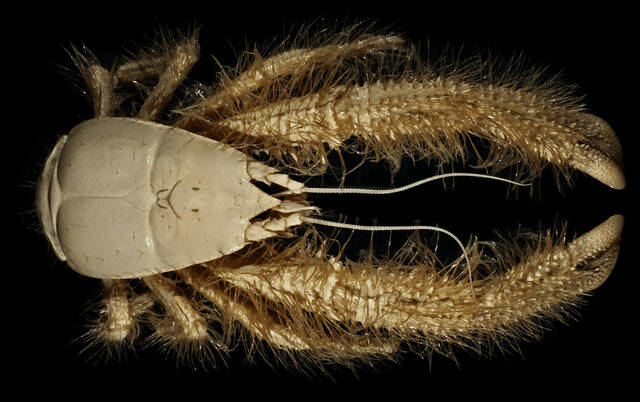
This crab is snow-white and about 15 cm long. It usually lives near hydrothermal vents at a depth of 2,200 meters on the seafloor. Because its physiological characteristics do not match any known crab family, scientists had to set up a new family and genus for it at the time.
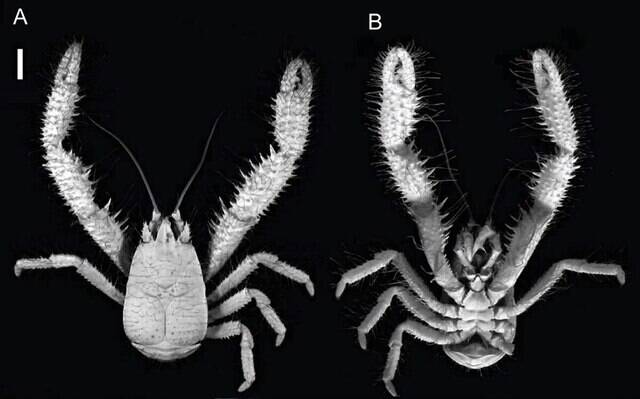
The first discovery of this creature shocked the biological community, and it was not until 2011 that researchers found a second individual of the same species in other sea areas, further confirming the existence and continuation of this unique species.
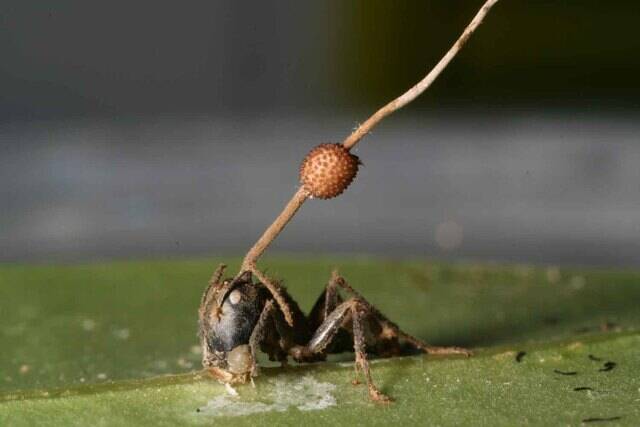
It looks like plants sprouting from their bodies. In fact, this stem is not a plant, but a new type of fungus called Ophiocordyceps. It is not a single species, but a group of four fungi with distinct physiological characteristics, which share an amazing ability: manipulating the behavior of ants and implementing "mind control".
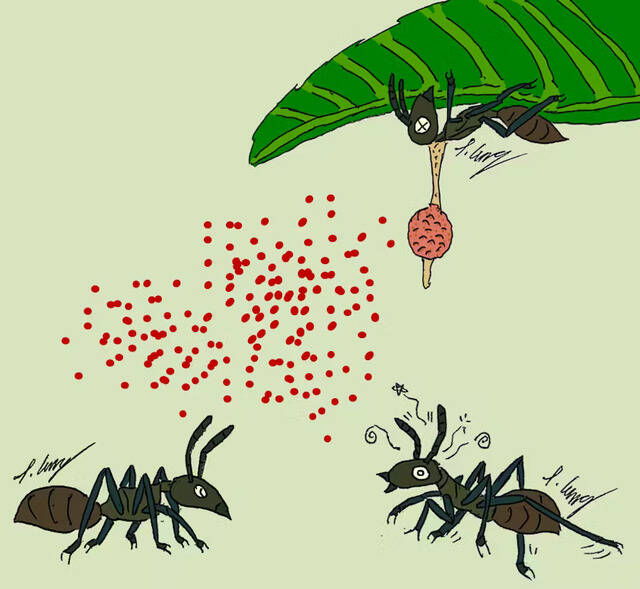
When an ant is infected with this fungus, the fungus quickly invades the host's brain, chemically affects its nervous system, makes it lose its will, and forces it to leave the ant colony and go to an environment that is most suitable for fungal growth and spore spread. Once the ant reaches the designated area, the fungus "executes" the deadly command - killing the host, and breaking out of the cocoon from the ant's head, growing a stalk-like structure for releasing spores.
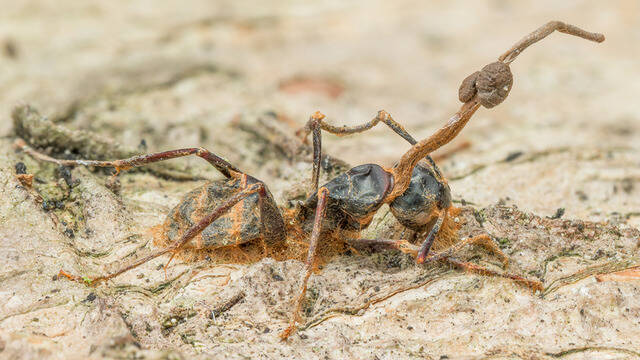
animal tags:
We created this article in conjunction with AI technology, then made sure it was fact-checked and edited by a Animals Top editor.